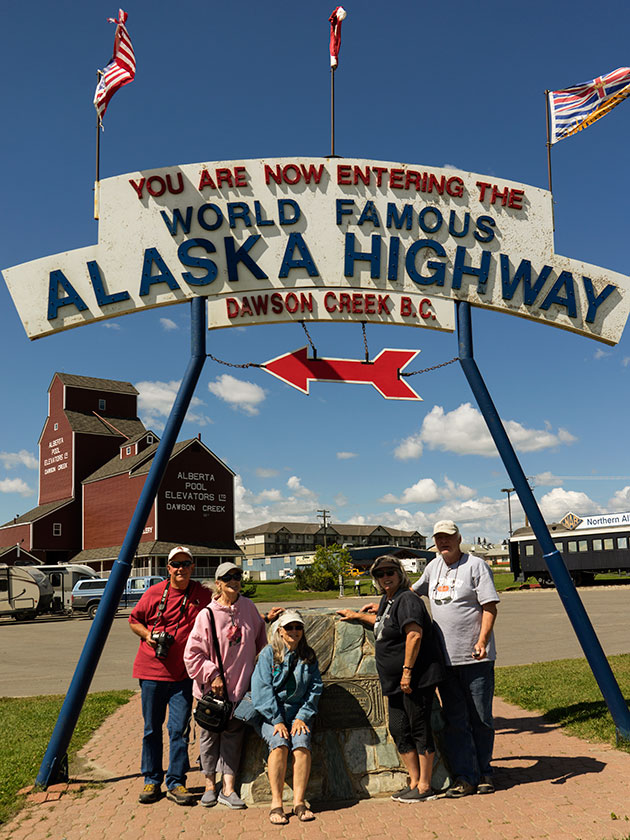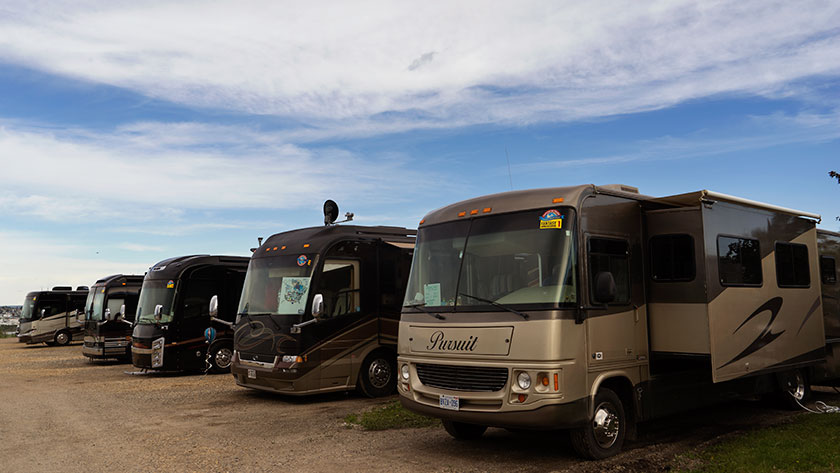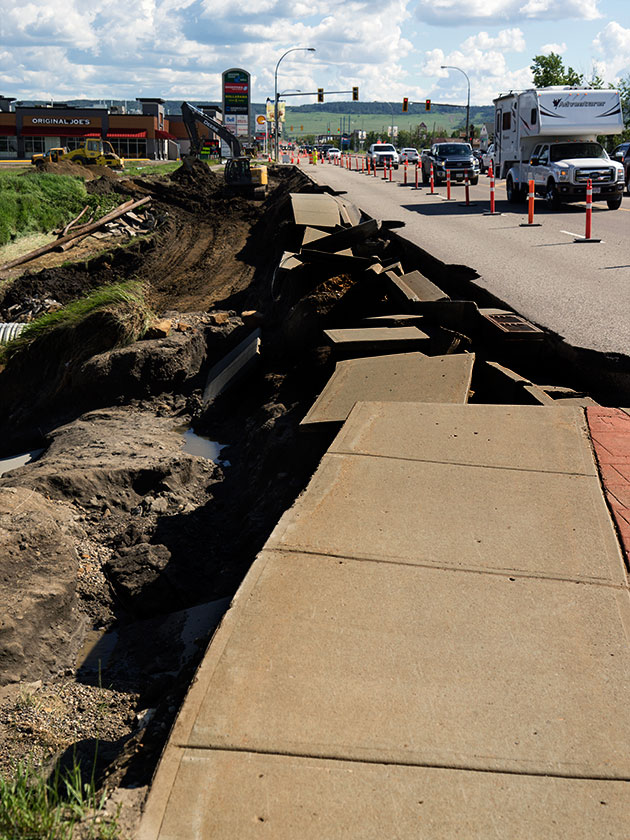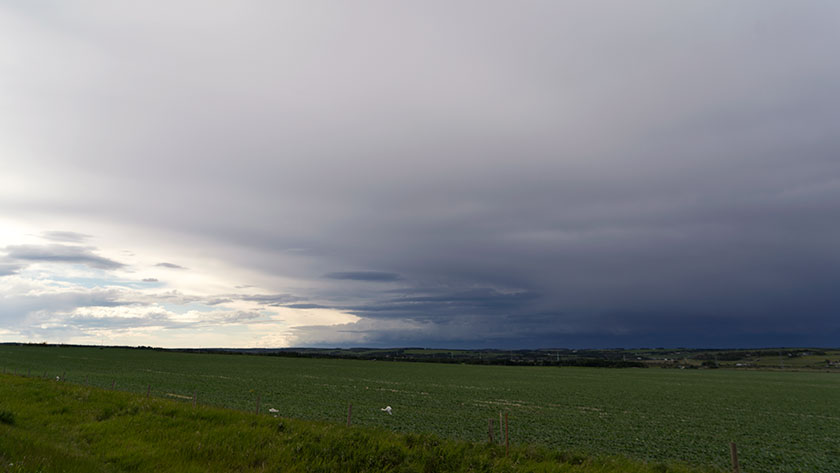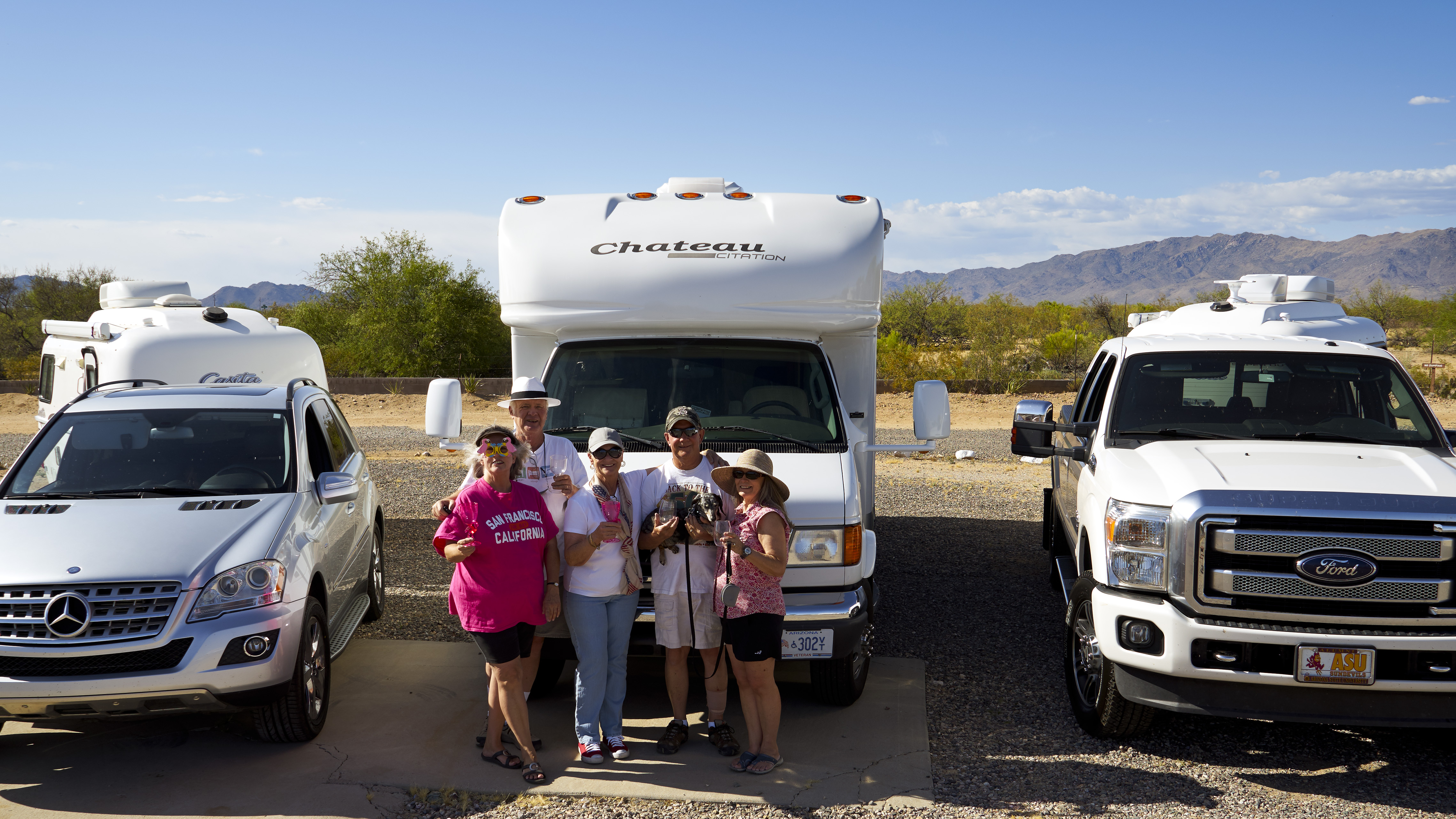Summer Solstice; the longest day of the year and we celebrated it here in Fort Nelson, or mile 300 on the Alaskan/Canadian highway. At 58.81 degrees north, we’re only five degrees south of the Arctic Circle and night is a constantly dusk. It’s not getting dark and the queen’s eye masks aren’t enough to let her sleep comfortably. She had to make a set of dark curtains to make it through the night lack of night.
The road yesterday turned westerly again towards the Canadian Rockies. We haven’t gotten to the big craggy mountains yet. The geography is more like the Appalachians, low-lying mountains with an occasional cliff and river canyon. The oil industry is very much present in this area of British Columbia and most of the trades support either that or tourists like us.
Fort Nelson is a smaller community than Dawson Creek. Our official and highly accurate census is taken from whether there’s a Wall-Mart, Safeway or Costco. None of them are here. There are several liquor stores here however, for which we’re grateful.
Since there is so much daylight, I got up early to explore the town and try to find something interesting to shoot. After an hour and a half I gave up and came back to the trailer and crawled back in bed. Most of the architecture is metal buildings that are so practical for a place like this, but so boring when they’re all you can find.
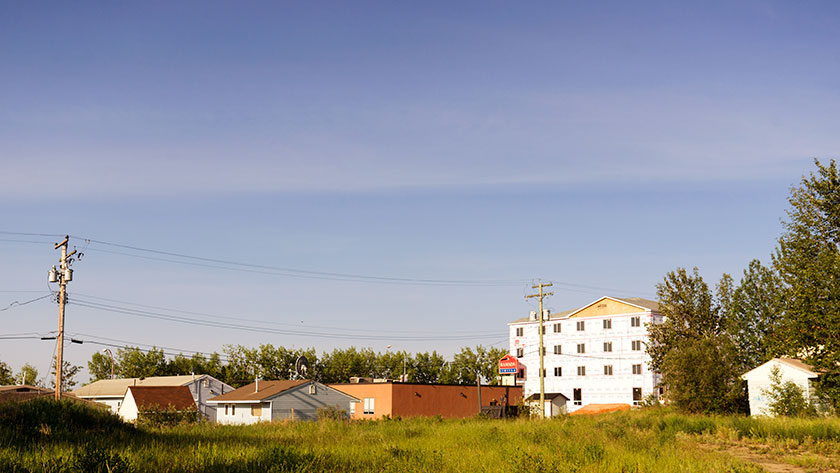
Later in the morning Fred and I went out to a local fishing store that I found, to see about a set of waders for me (No, I am not going to walk the catwalk like Fred did. How could I possibly top that act?). But we also had to pick up a battery for my car remote, a swivel for his trailer sink and a new jar of trailer hitch grease (and while we were at it, we hit one of the liquor stores). The women, wanted to visit a quilt shop at the edge of town but it’s closed on Monday’s.
Fred and I ran into them at the Ft. Nelson Museum, one of the recommendations in the guide books. That changed my view of the town. That’s because, this isn’t the first Ft. Nelson site. I don’t know if fires, floods or some other disaster was the reason to move the town, but all of that interesting stuff is in this museum; even some of the original buildings.
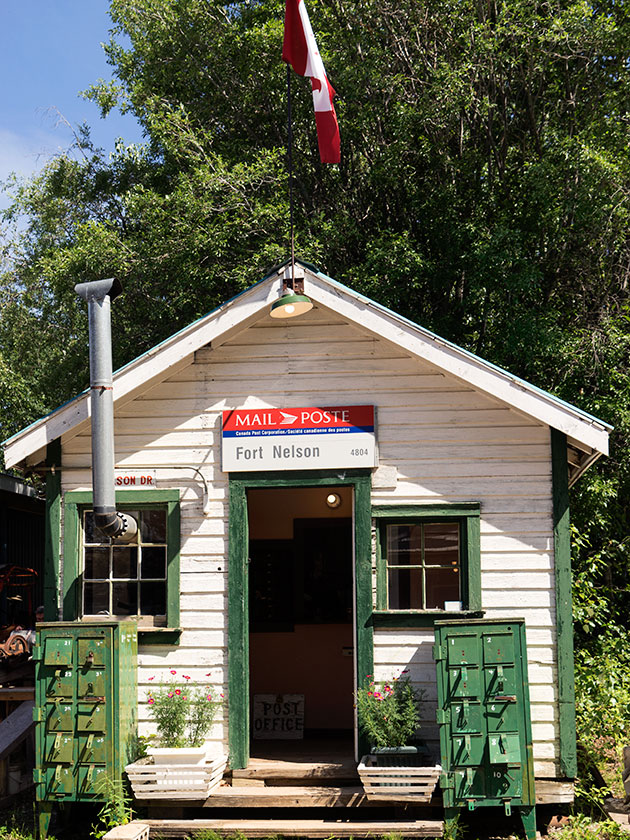
We met the owner/curator, a wonderful codger named Marl Brown in the auto building. At 87 years, he loves to show off his toy’s if you ask the right questions. He keeps about a dozen automobiles of different vintages in the building and none of them were restored, but they all run! One of them is a century old Buick that Marl told us that he drove round trip to Watson Lake and back on its birthday. That is just over 600 miles. He parades them on Canada’s National Day. They’re not mint, but he keeps them running.
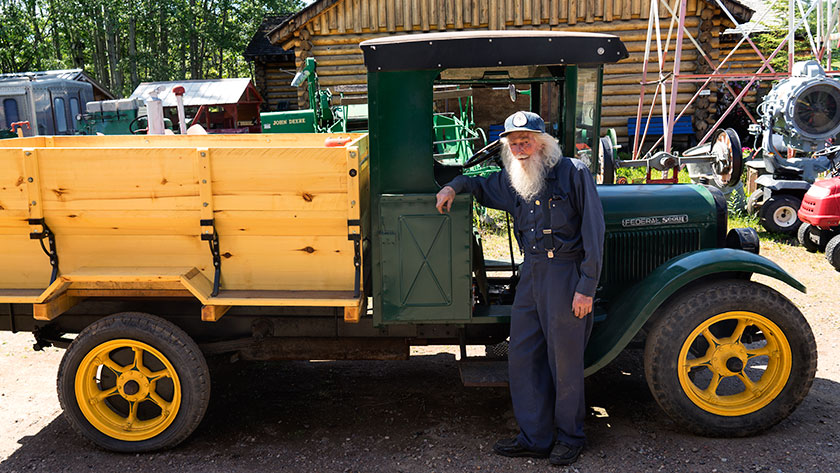
I have a friend, Paul Speer, that collects ‘Hit and Miss’ engines (a motor with a flywheel used to pump irrigation water), so I asked Marl if he had one. Yes he did and proceeded to put a thimble of gasoline in it, then started it for us. Marl jury-rigged a Coke and Pepsi can on the exhaust ports and they randomly popped up when the alternating cylinders fired.
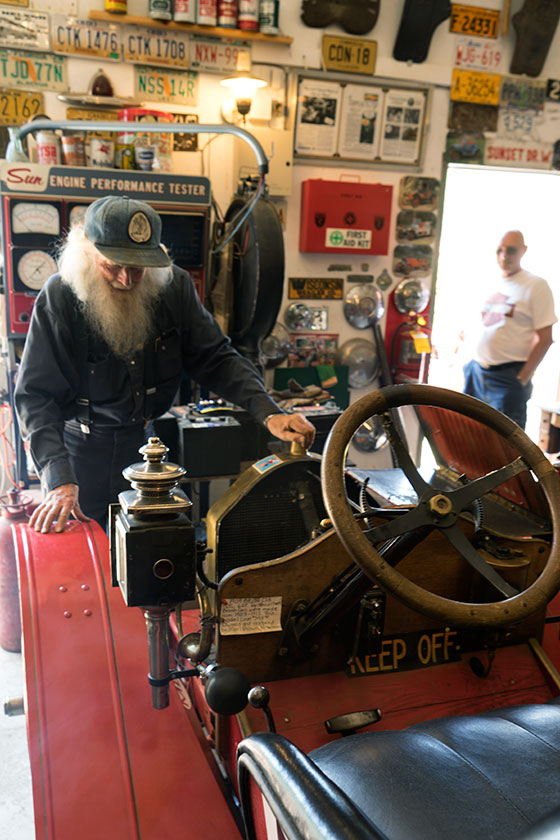
We spent a bit of time perusing the treasures that were in Marl’s collection. Surveying equipment, bulldozers used in for building the road, assay scales, rotary airplane motors (and an Alison engine from a Spitfire), and daily stuff that people used during the road construction.
There was even something that was close to home for Fred and I. In the early years of the town, electricity was provided by five generators driven by large diesel engines. They’ve been replaced by gas-powered turbines. The diesel engines are the same that we had at the power plant that we worked at. Marl had one of these two-story monsters sitting in the yard.
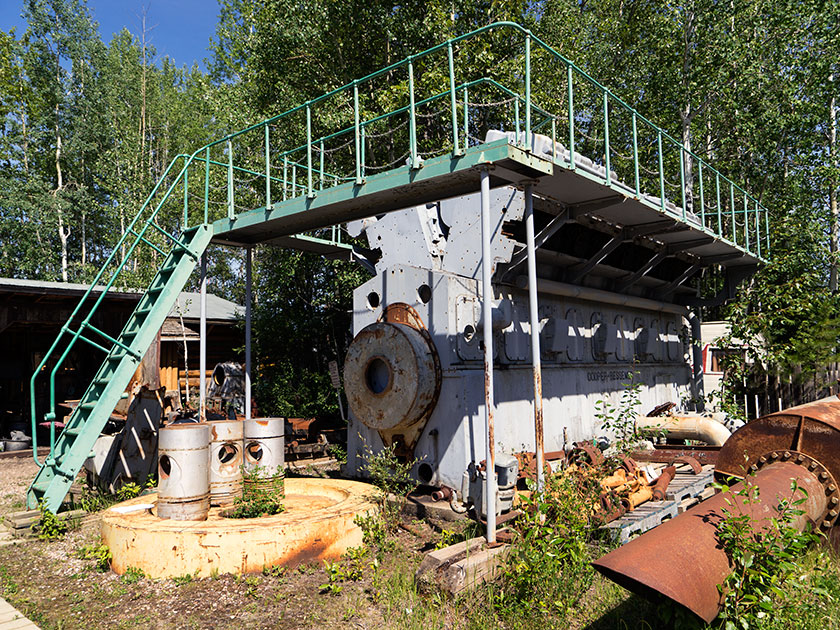
A day that started off as a bust turned into a highlight on the trip. Even though, I appreciate looking at historical artifacts, what made this special was that I got a chance to meet Marl Brown and watch the sparkle in his eye as he showed off something in his collection.
Highly recommended.
jw

